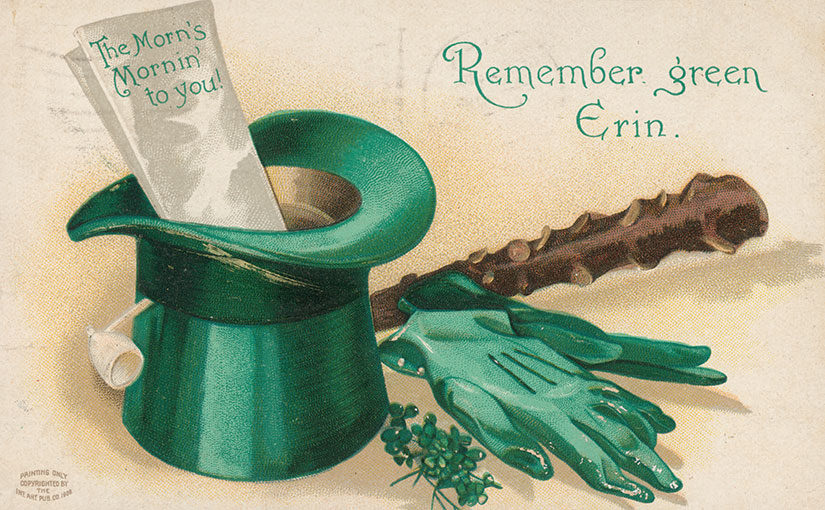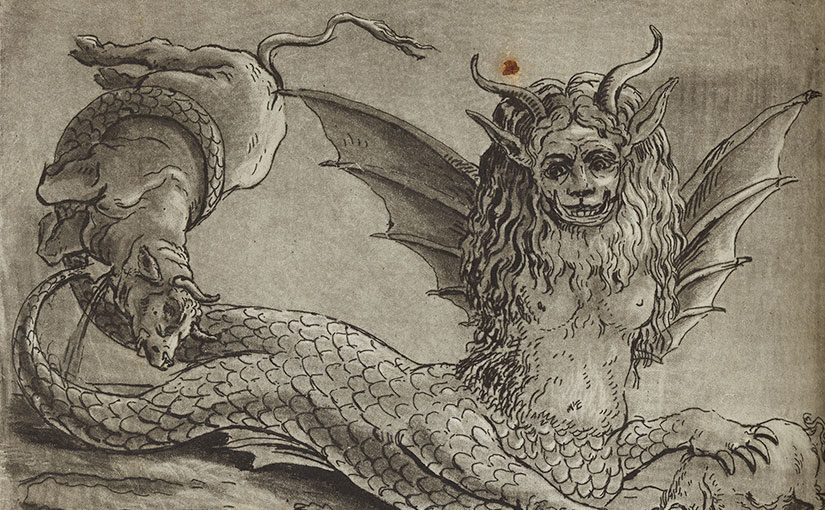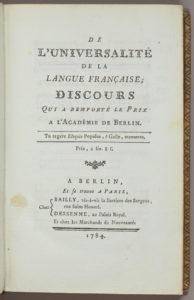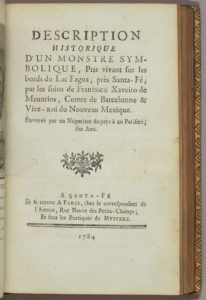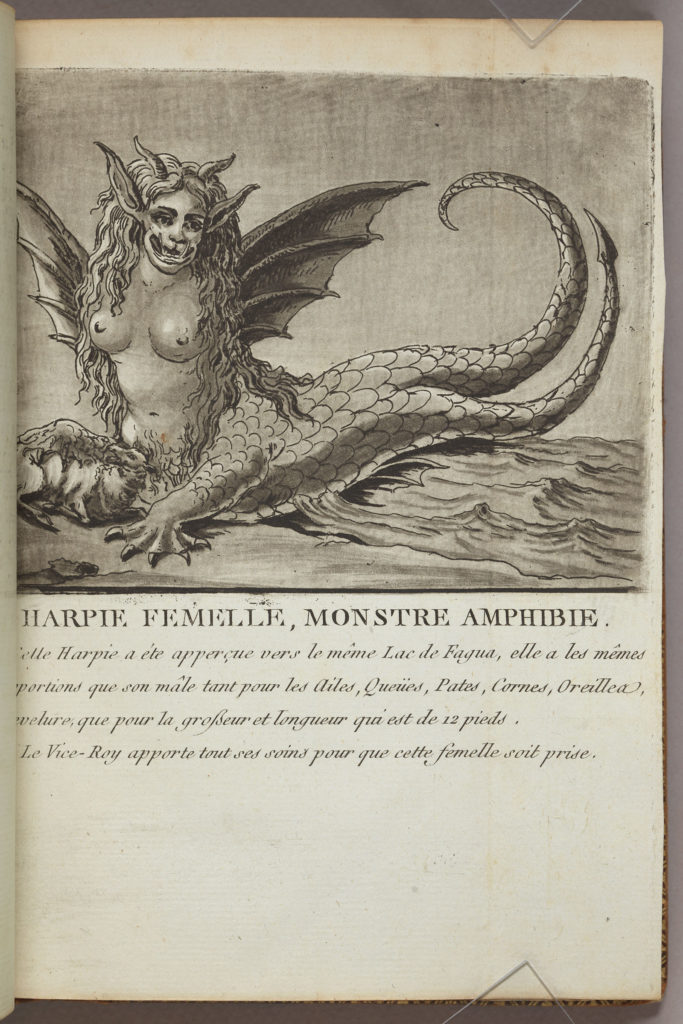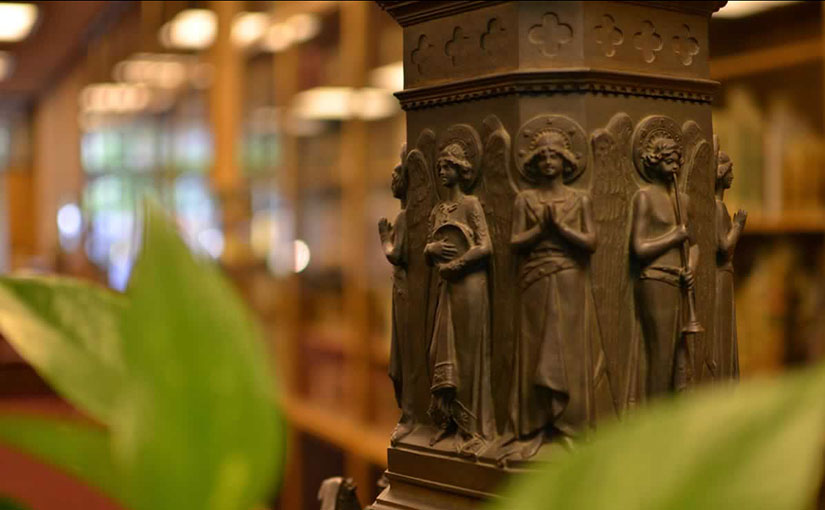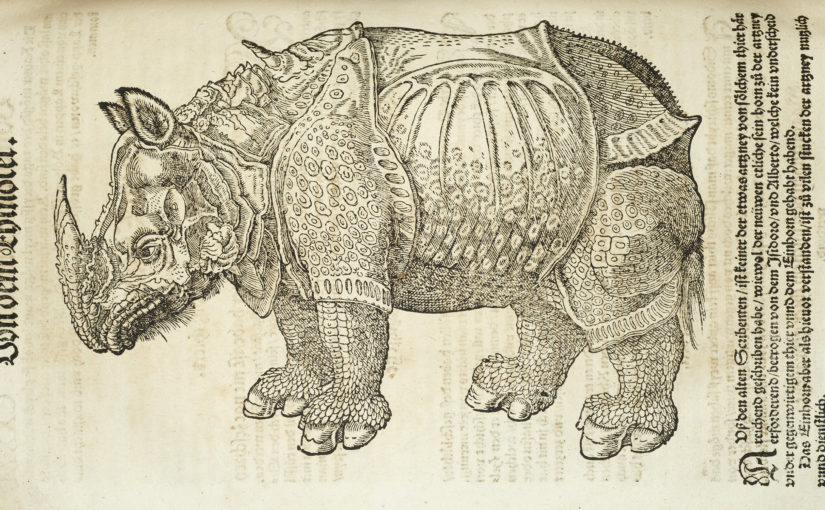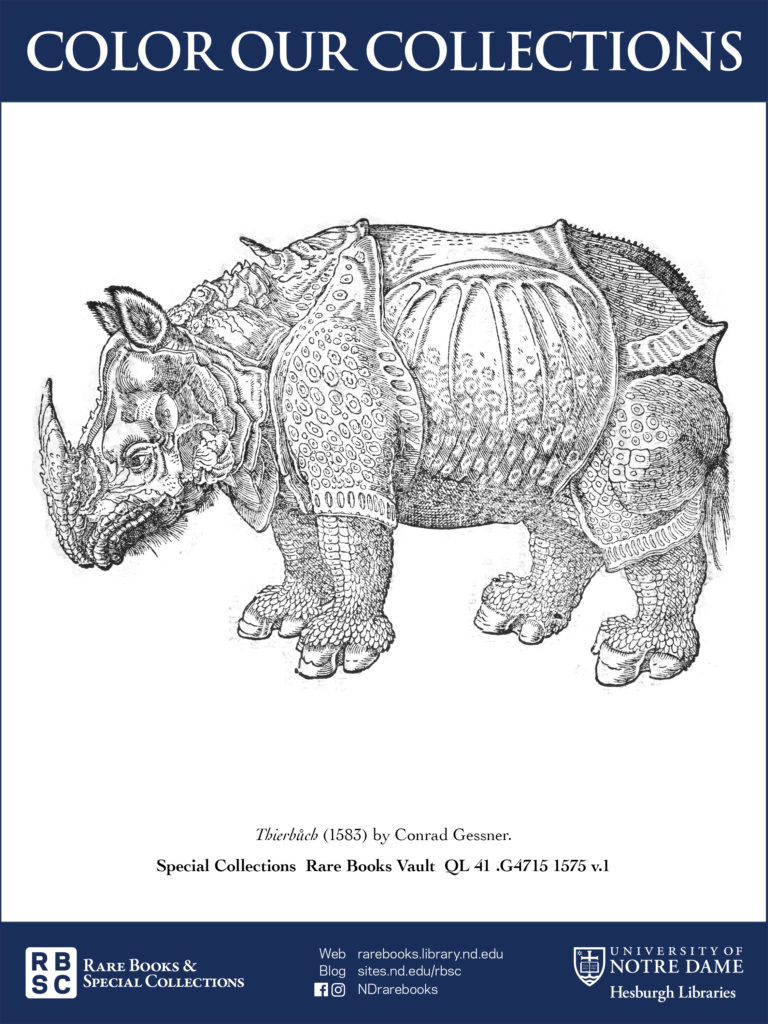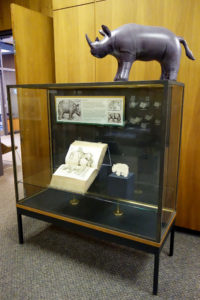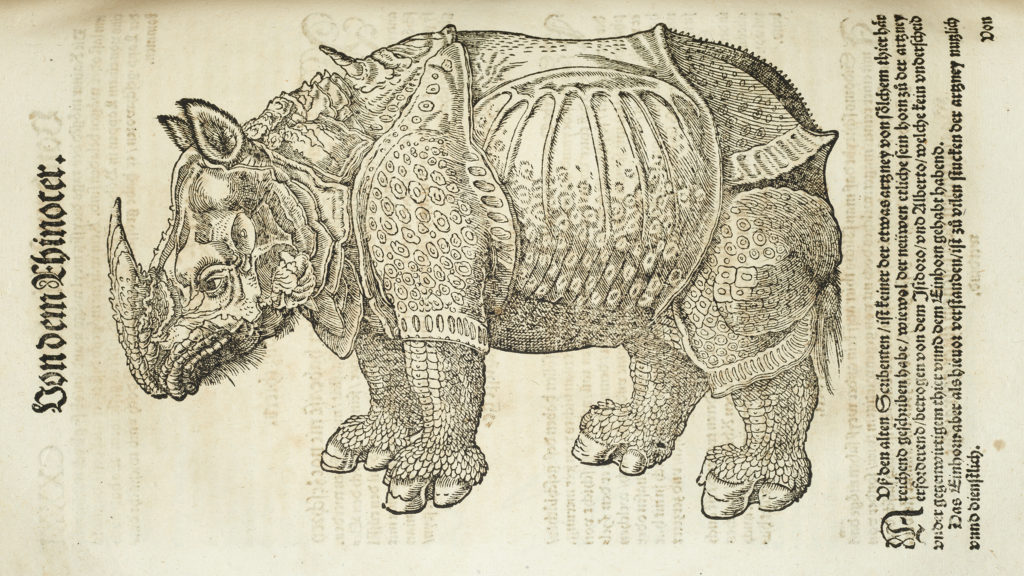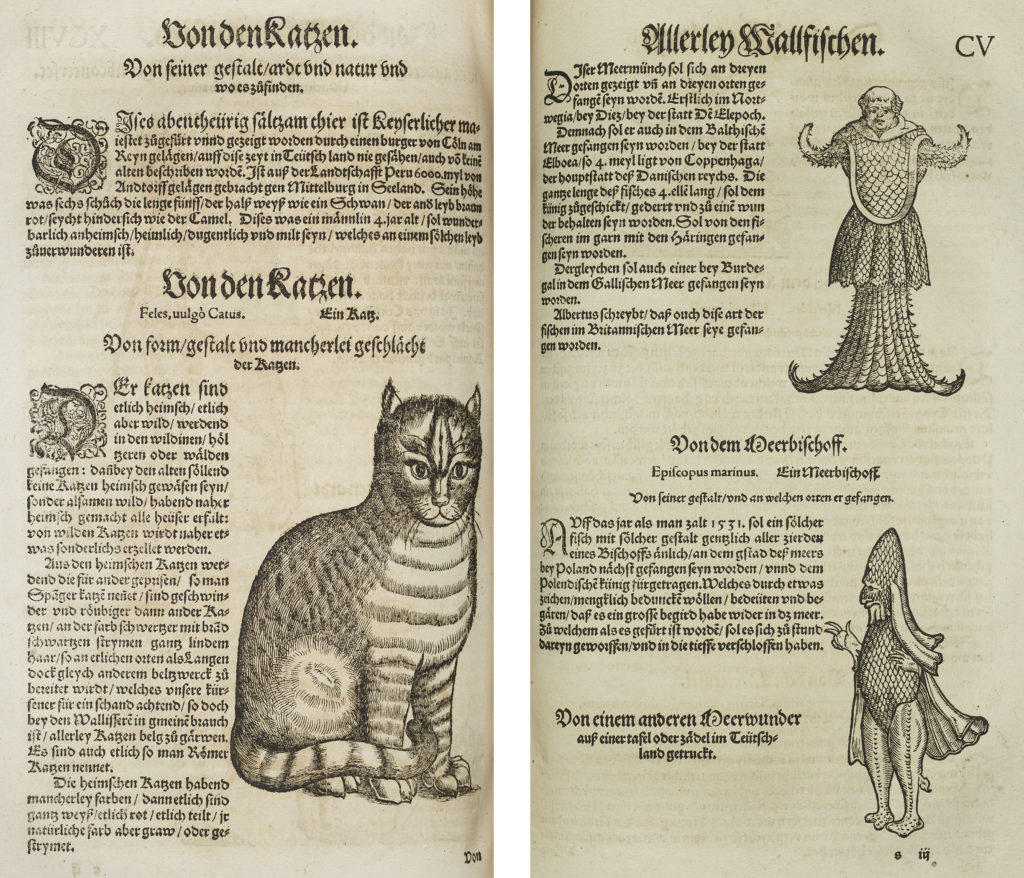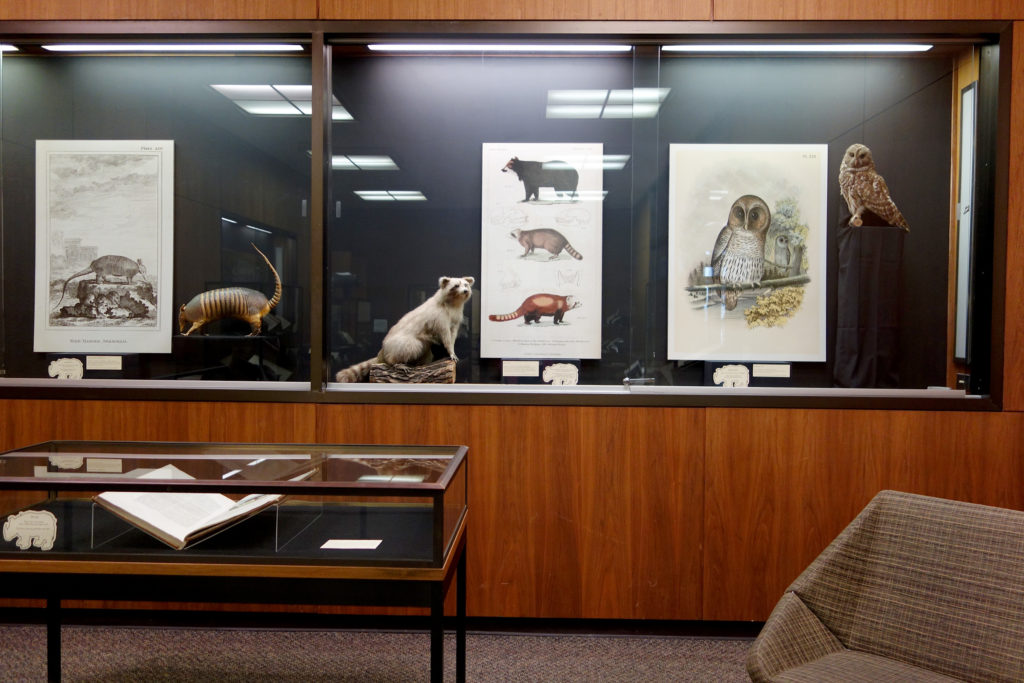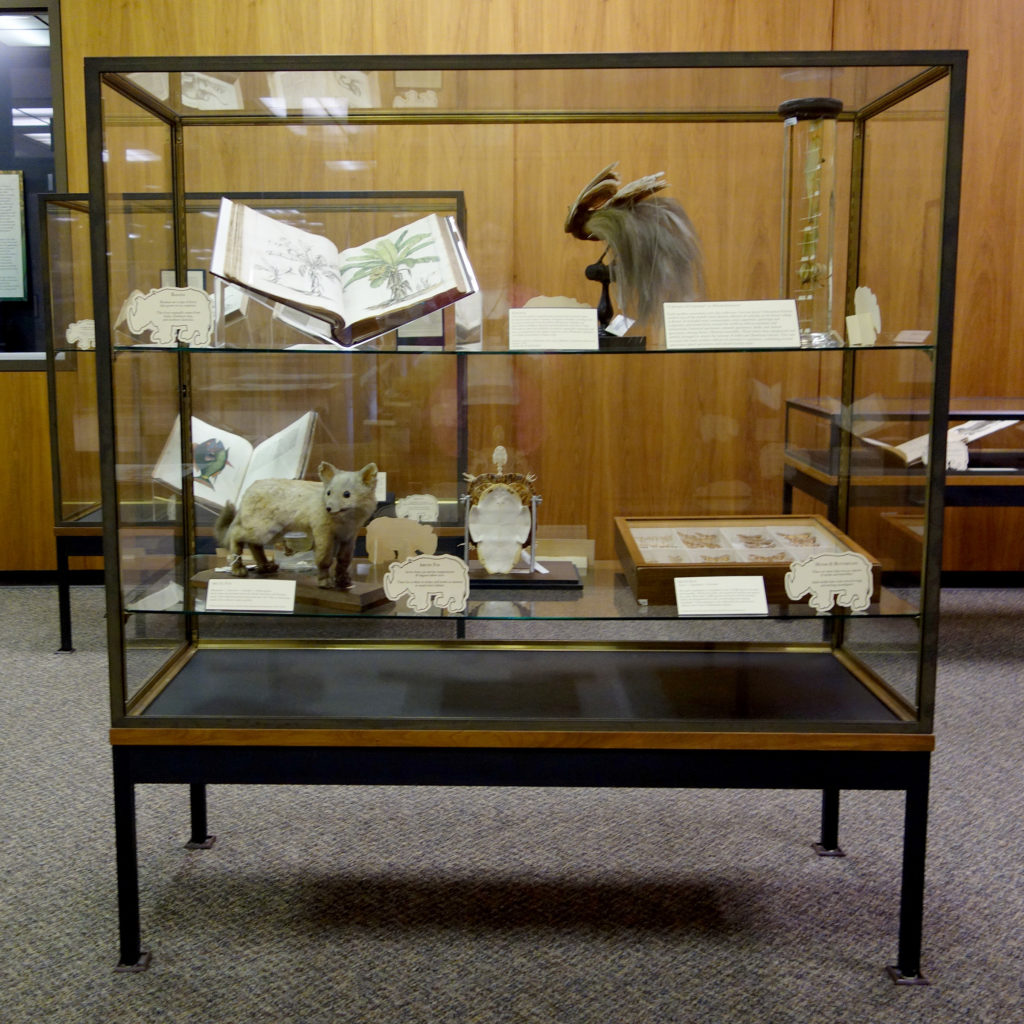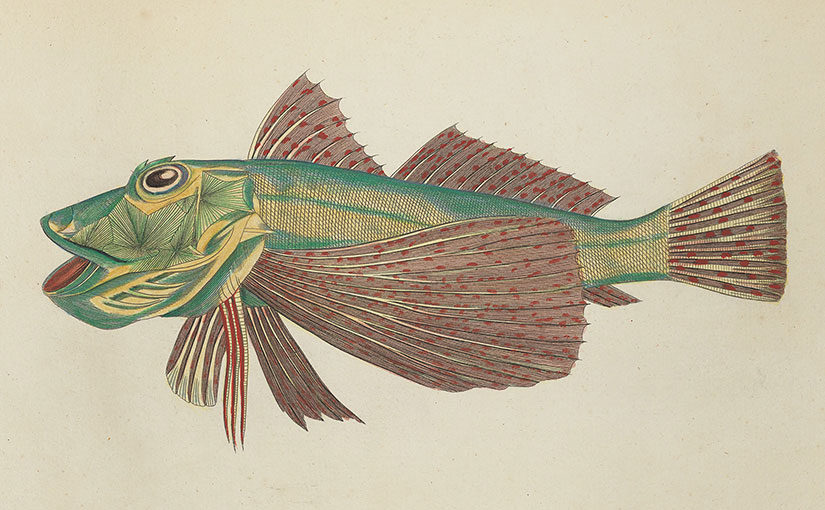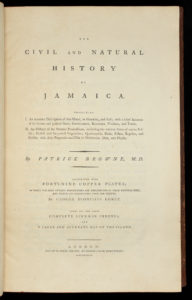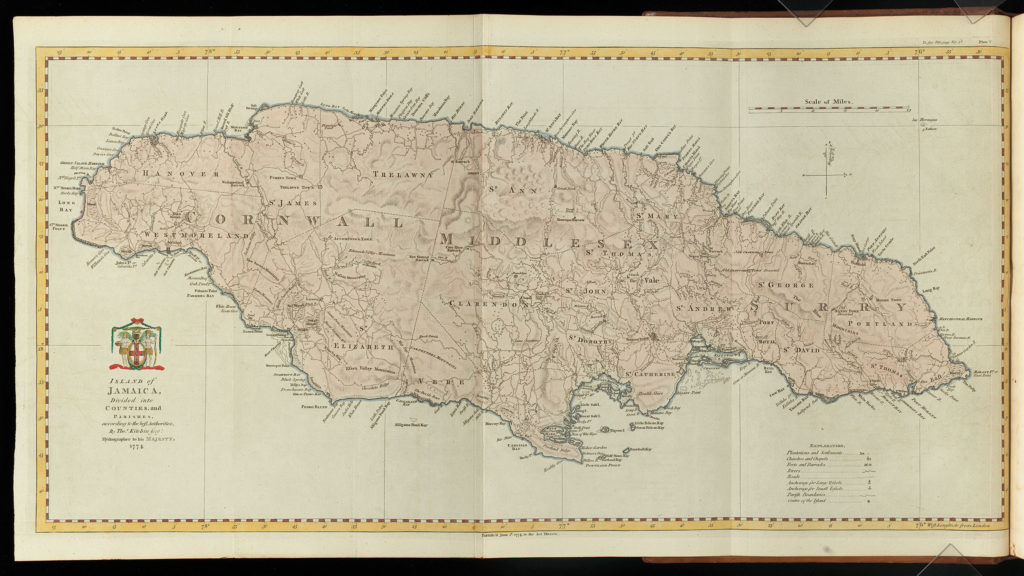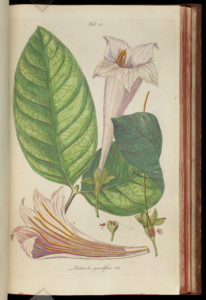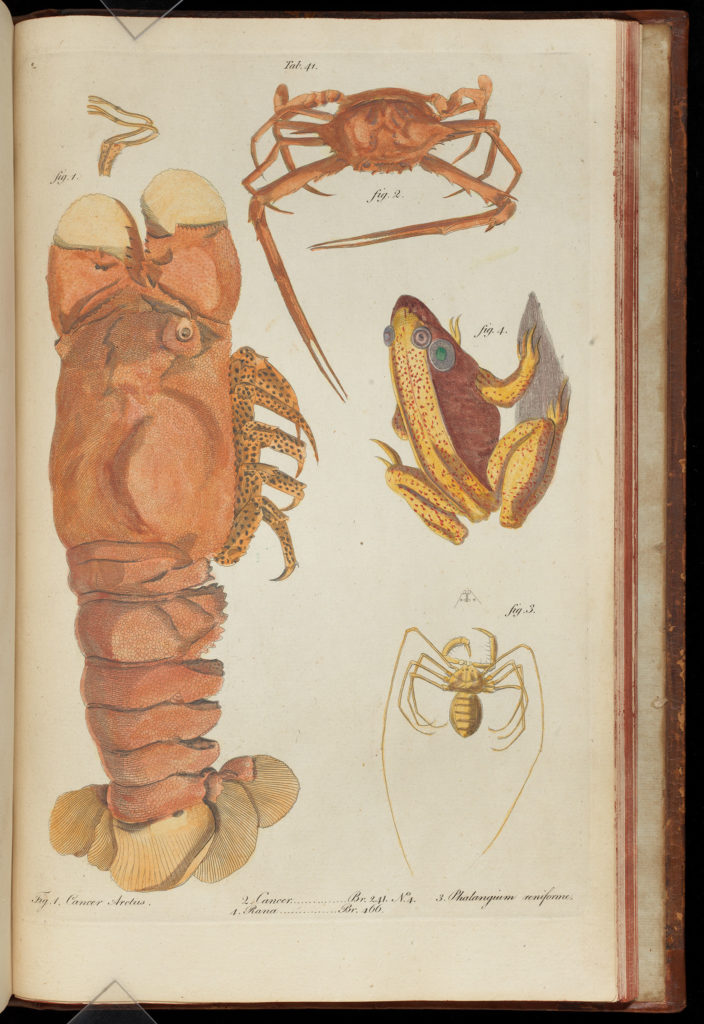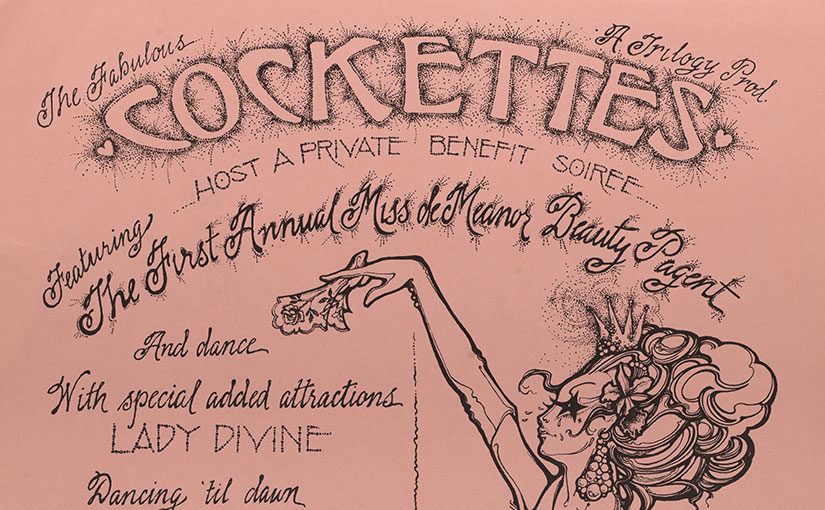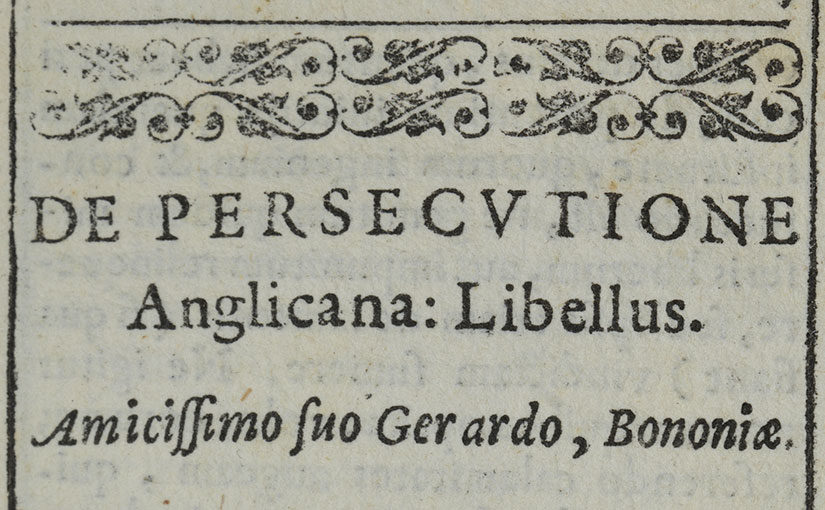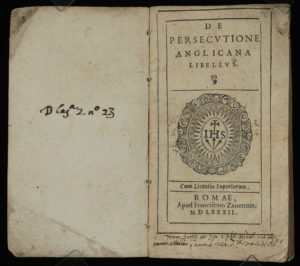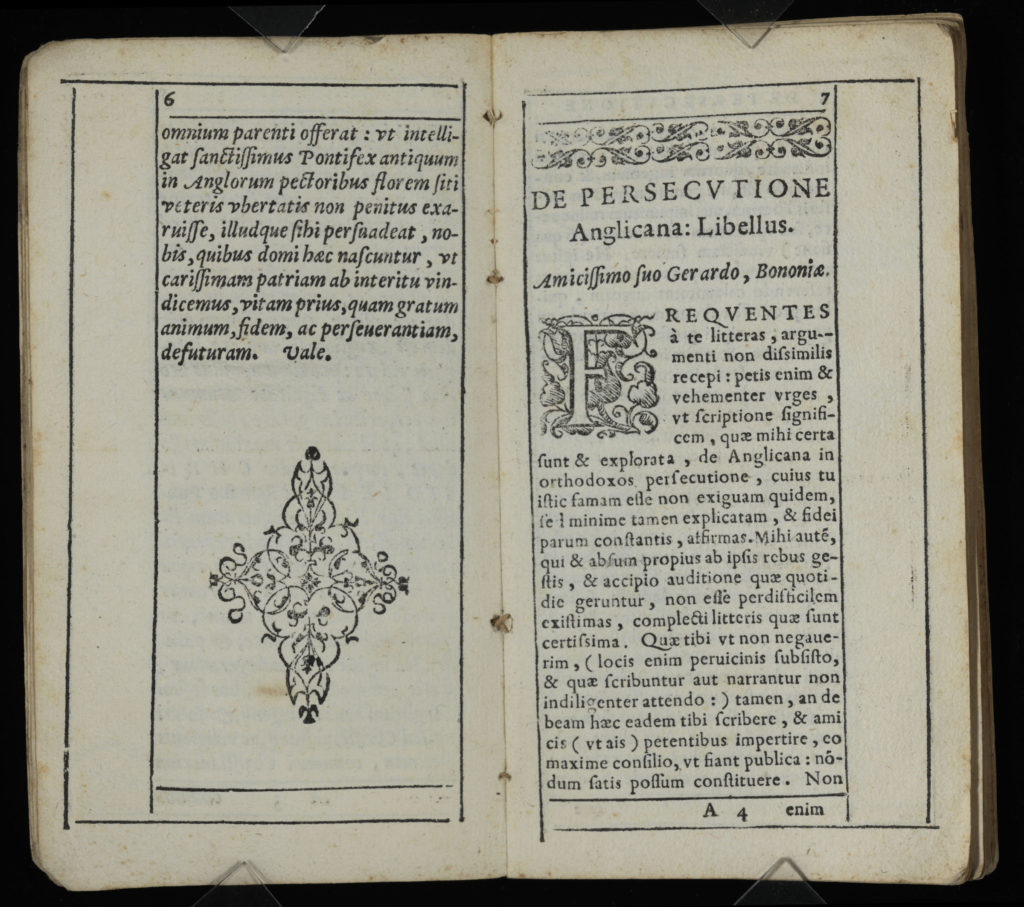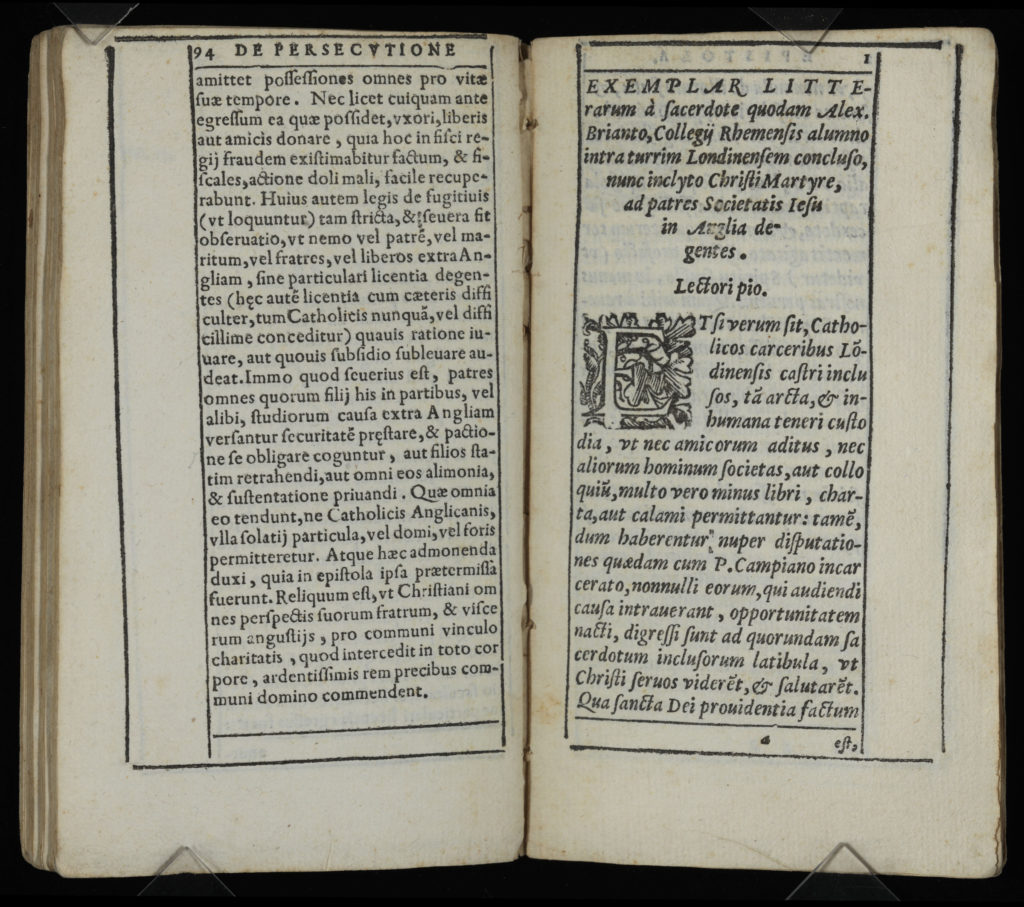by Aedín Ní Bhróithe Clements, Irish Studies Librarian
To mark St. Patrick’s Day, this year we are featuring a small selection from our recently-acquired collection of Irish postcards.
Picture postcards, commercially produced in Ireland by the beginning of the twentieth century, became enormously popular as a means of communication. From a wide range of postcard types, we have selected a small sampling of the type of cards used as St. Patrick’s Day greetings.
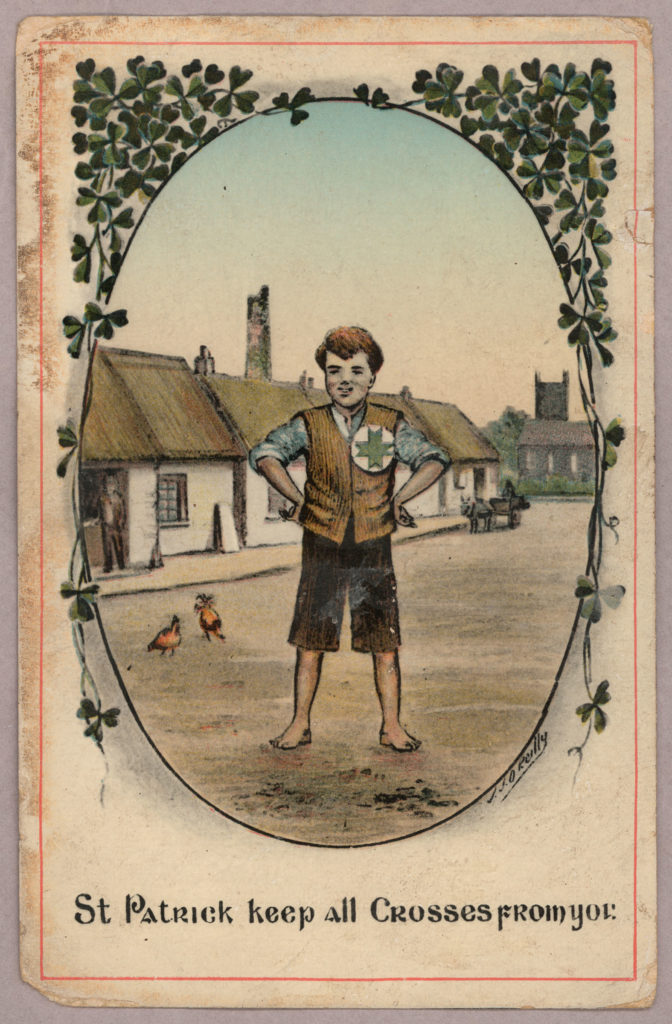
Postmarked in 1912, this postcard shows a boy wearing a large cross for St. Patrick’s Day, a custom no longer practiced now, but recorded in various sources. According to Cronin and Adair, crosses made by paper or card were commonly worn by children on St. Patrick’s day until early in the twentieth century. [i]
Searching the wonderful online source of Irish National Folklore Collection, Dúchas.ie, for references to St. Patrick’s Day crosses, we find some good primary sources. From 1937 to 1938, Irish schoolchildren interviewed older people in their homes and communities about folklore. In some of these accounts, people describe the ornate colored crosses they made as children for St. Patrick’s Day. The following is from a woman in County Kerry:
I used to make a beautiful cross for that day. The first thing I got was two pieces of stiff card-board, one piece longer than the other, then covered these pieces with some nice pieces of silk and I sewed them together in the shape of a cross.
For about a month before St. Patrick’s day I used to be gathering the nicest bits of silk or satin I could find to cut them into narrow strips to make nice, neat, fluffy little bundles of them. I then sewed one bundle on each of the four ends and one on the centre of the cross.
Then my cross was complete and ready to wear on my left arm on St. Patrick’s day and for a whole week after going to school. There wasn’t any “meas” [ii] on any little girl that had not a cross for St Patrick’s day. [iii]
Many postcards suggest nostalgia and homesickness for Ireland, and may have been produced with emigrants in mind. They feature stereotypically Irish decorations such as shillelaghs, Celtic crosses, harps, and of course, the shamrock, which is specifically associated with St. Patrick.
The shamrock has become the most popular symbol for St. Patrick’s Day, referring to the legend which tells that Patrick illustrated the concept of the Trinity by plucking a three-leaved shamrock from the ground. Thus, many cards include the shamrock, and in some it is the main feature.
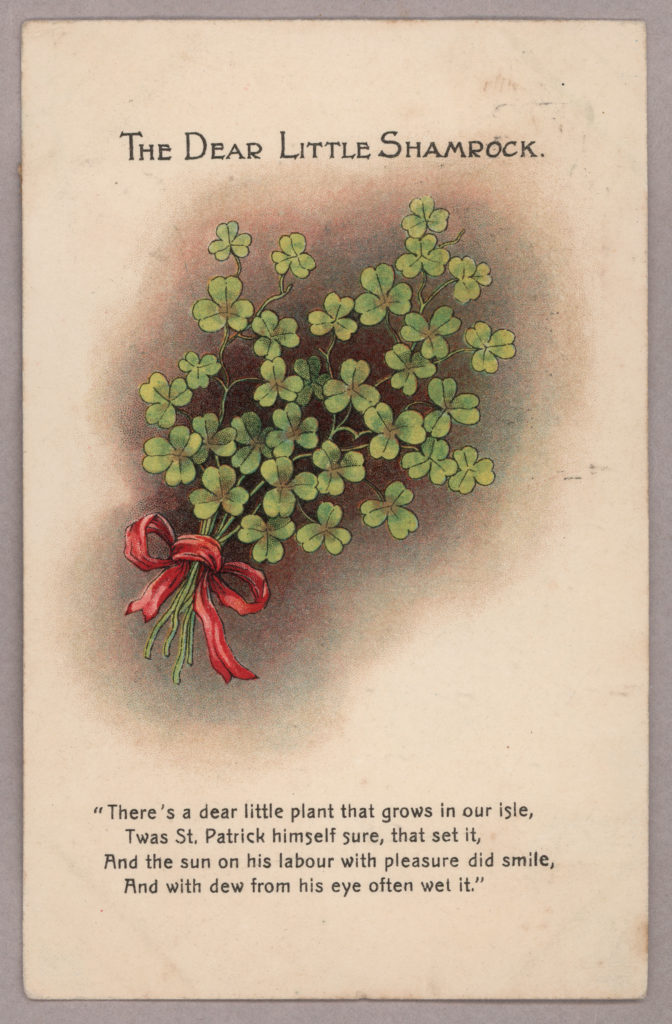
‘The Dear Little Shamrock’ song was composed by Limerick-born Andrew Cherry, an actor, playwright and theatre manager who was active from the 1770s until 1812. At the time of this postcard, the song must have been well known, being part of the repertoire of John McCormack, whose performances of Irish songs were very popular on his concert tours of the United States.
A 1904 recording, digitized by the Ward Archives in Wisconsin, allows us to hear McCormack’s voice. [iv]
This card was posted in September 1911 from Dublin to Middlesex, England.
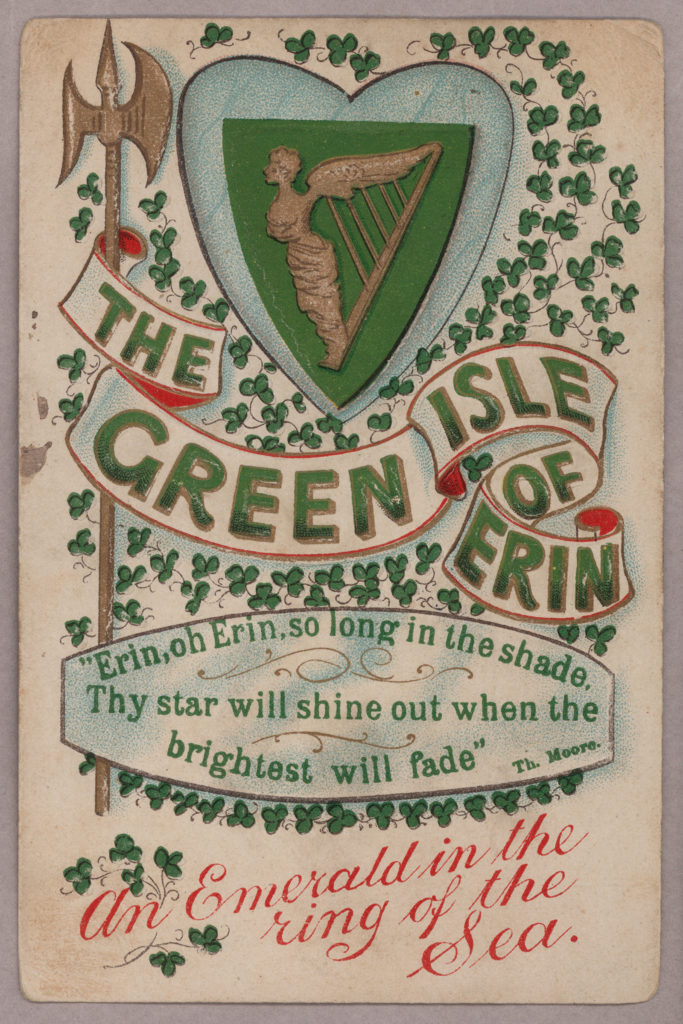
The Green Isle of Erin, posted in England, is a German-produced card full of standard references, i.e., the green isle, harp, emerald and shamrocks. Ann Wilson’s informative article on Irish picture postcards of the Edwardian Age tells us that Germany was the location of much of the early picture postcard production. [v]
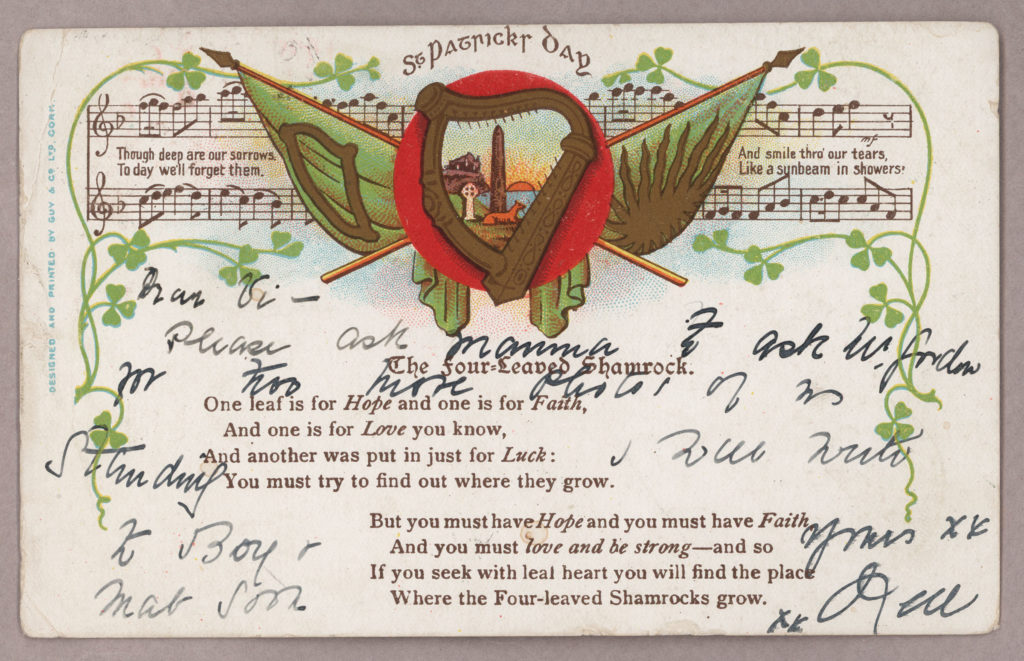
Though this card celebrates St. Patrick’s Day, it was posted in November 1904 from County Cork to South Africa.
When postcards first began to be used, a message was written on the front of the postcard and the address written on the back. It took time, after the development of picture postcards, for postal administrations to allow for a message written on the same side as the address. Though the British Post Office allowed a message on the left and address on the right from 1902, this was not generally accepted in other countries at the time this card was posted, hence the writing on the picture side of this card.
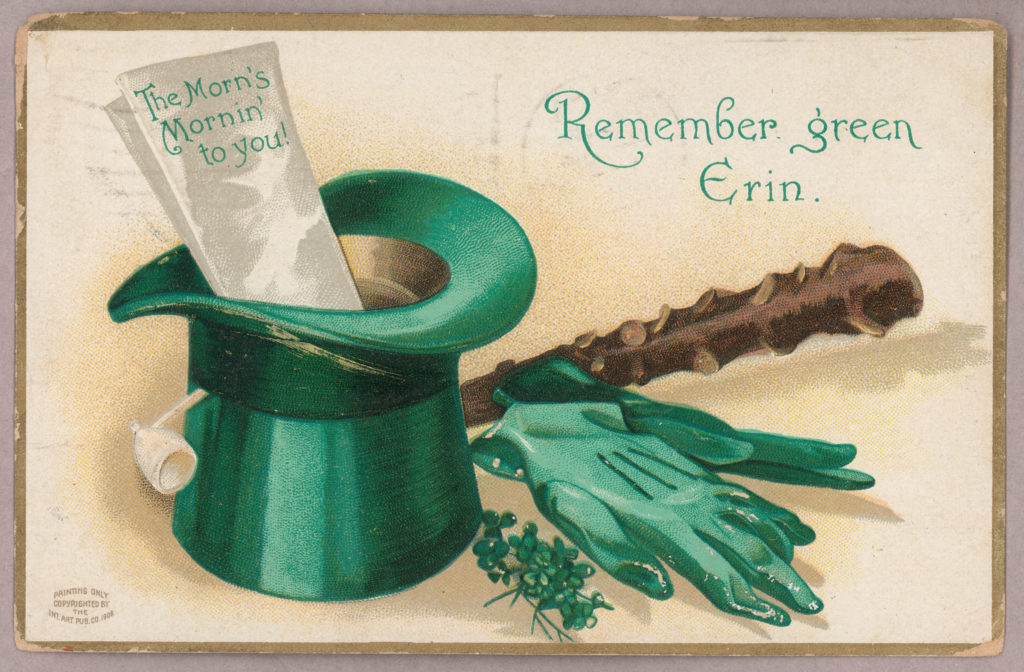
Posted from Adrian, Michigan to Brooklyn, New York on March 15th, 1909, the cluster of items on this card suggest a St. Patrick’s Day Parade, and an American celebration of St. Patrick’s Day.
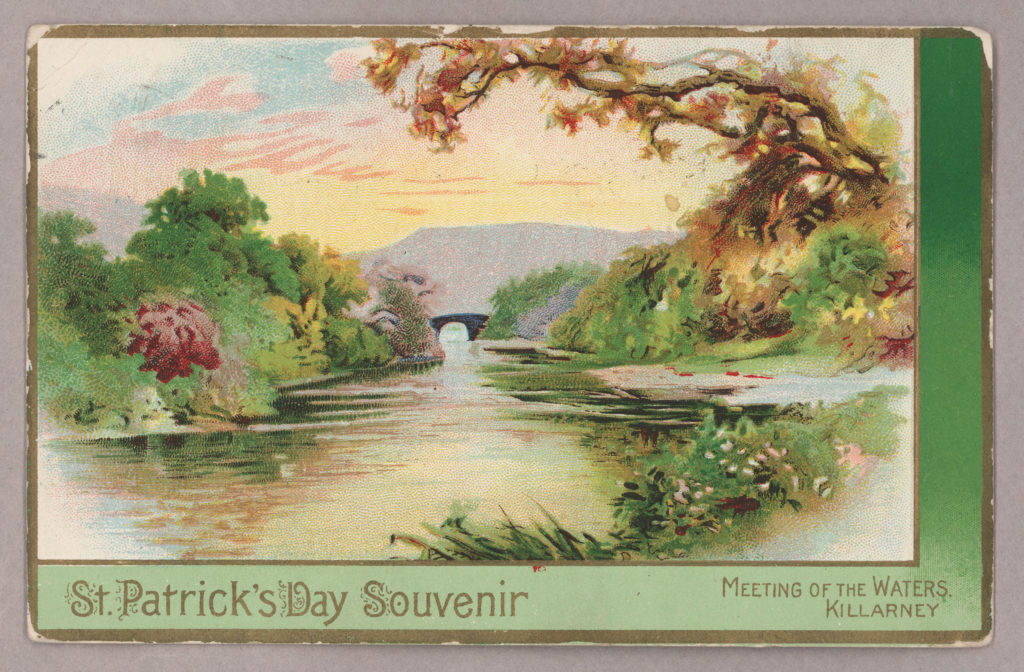
St. Patrick’s Day Souvenir. Meeting of the Waters Killarney, sent from Shakopee, Minnesota to St. Paul, Minnesota. The Lakes of Killarney were among the most celebrated beauty spots for tourists to Ireland, and so this postcard imparts a romantic view of Ireland.
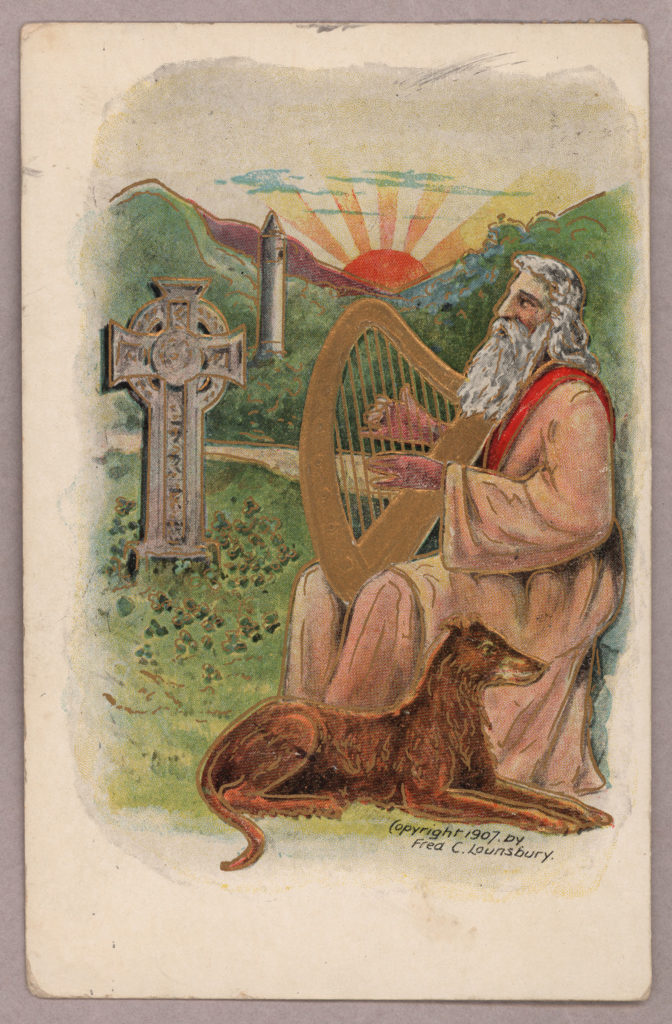
The Crescent Embossing Company in New Jersey published many American patriotic cards such as Independence Day greeting cards. The signature on this card, as on other cards by Crescent, are of the owner, Fred C. Lounsbury, rather than of the artist.
As these cards suggest, celebrating St. Patrick’s day in the golden age of the postcard veered from a celebration of early Gaelic Ireland, with the symbols of Christianity such as the cross and round tower in this last postcard, to wistful nostalgia such as that depicted in the ‘Dear Little Shamrock’.
The postcard collection is currently being cataloged so that in time, it will be possible to locate each postcard from our online finding aid.
[i] Cronin, Mike, and Daryl Adair. The Wearing of the Green: A History of St. Patrick’s Day. Routledge, 2002.
[ii] Meas is the Irish word for ‘respect’.
[iii] Transcribed from the account of Mrs. J. D. Riordan of Barna Co. Kerry. The Schools’ Collection, Volume 0448, Page 198. https://www.duchas.ie/en/cbes/4706359/4706107
[iv] McCormack, John. Dear Little Shamrock. Record Label and Issue Number: Edison Bell 6442 (1904). Ward Irish Music Archive: Collection: Irish Fest Collection. WIMA ID: IF CYL 00-026 https://wardirishmusicarchives.com/Exhibits/Irish-Music-on-Cylinder-Recordings/Dear-Little-Shamrock-John-McCormack.htm
[v] Wilson, Ann. ‘Image Wars: the Edwardian Picture Postcard and the Construction of Irish Identity in the Early 1900s’, Media History 24:3-4 (2018), pp. 320-384.
